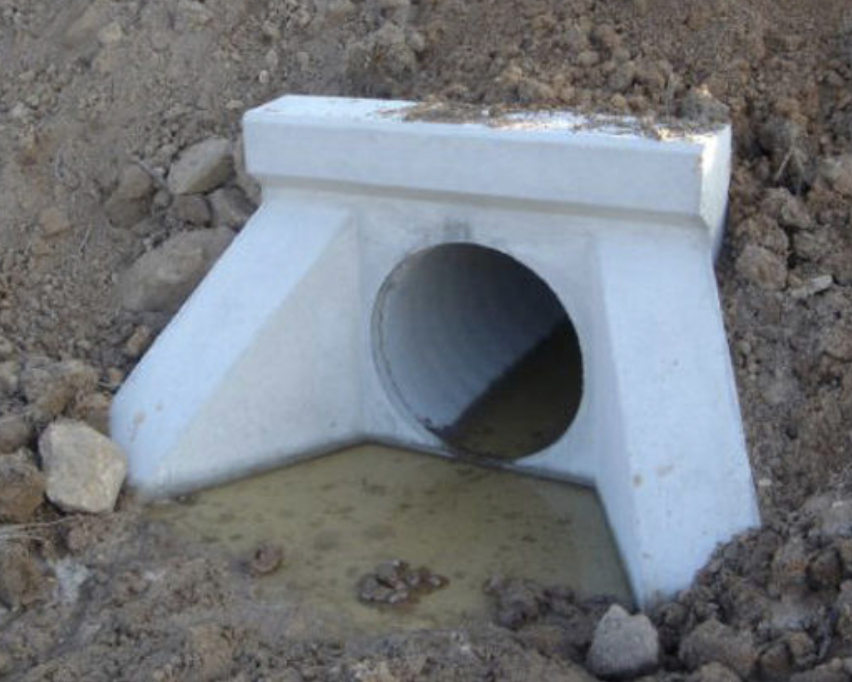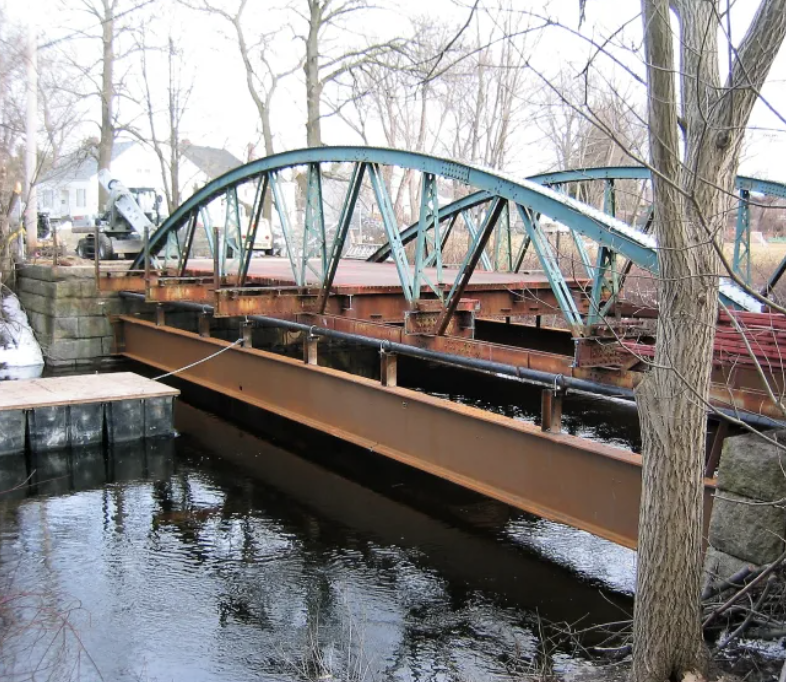[broadstreet zone=”59983″]
FRAMINGHAM – Earlier this month, a forced main break in the City of Framingham’s system released 36,000 gallons of raw sewage into the Sudbury River wetlands.
“A leak from the sewer discharge pipe between the Worcester Road Pump Station and Main Street causing a Sanitary Sewer Overflow (SSO) into the wetlands adjacent to the Sudbury River,” explained Framingham Acting DPW Director William Sedewitz.
The break happened at 1:40 p.m. on March 4 and was fixed at 4:05 p.m., according to a report filed by the City of Framingham with the Massachusetts Department of Environment Protection (MassDEP).
Sanitary sewer overflow (SSO) is a condition in which untreated sewage is discharged from a sanitary sewer into the environment prior to reaching sewage treatment facilities.
Between that time, the City of Framingham estimated about 18,000 gallons of SSO flowed into the Sudbury River wetlands per hour.
The City of Framingham estimated in the report filed with the state agency that 36,000 gallons of “Sanitary Sewer Overflows” were released into the Sudbury River wetlands.

The River flows to the north towards Saxonville, and eventually to Concord where it connects with the Concord River.
To understand the amount of of the sewage that went into the wetlands, consider that a bathtub holds about 30 gallons of liquid, so 36,000 gallons is roughly 1,200 bathtubs full.
“Upon discovery of the SSO, DPW immediately dispatched wastewater operators and equipment to
locate the force main break and begin field activities to make the repair,” wrote the City to the State agency.
“A force main is a pressurized sewer that works by being pressurized and pumped. Force mains do not work via gravity. Force mains use pressure to pump out the wastewater to the treatment plants. The wastewater is sanitized first before it is eventually released.”
There was a hole in the bottom on the pipe, wrote Framingham Director of Water & Wastewater Steve Leone to MassDEP.
“Pumper trucks were called in to bypass the Worcester Rd Pump Station and two upstream pump stations, Fenwick and Woodland to control incoming flows and stop the SSO” (sanitary sewer overflows),” wrote Leone in the report.
[broadstreet zone=”59948″]
“The repair to the force main was then completed and the entire effected area was treated with lime,” wrote Leone to MassDEP.
Lime serves to neutralize acids.
“Wastewater operators inspected the area on 3/5 to make sure there was no SSO reocurring,” noted the City’s report to MassDEP. The City notified MassDEP of the problem on March 4 at 2:49 p.m.
In addition to the sewage into the river’s wetlands, the Framingham Conservation Commission filed a wetlands emergency report with MassDEP.
The report indicates that a culvert collapsed at 74 Main Street in Framingham. The report notes that a pipe and headwall were damaged.
A drainage culvert is a structure, such as a pipe, that allows water to freely flow under various obstructions, like a road or a bridge. These pipes provide effective stormwater management.
Today, March 14, is the 25th Annual International Day of Action for Rivers. The day is dedicated to solidarity – when diverse communities around the world come together with one voice to say that rivers matter. That communities having access to clean and flowing water matters. That everyone should have a say in decisions that affect their water and their lives.
[broadstreet zone=”58893″]


